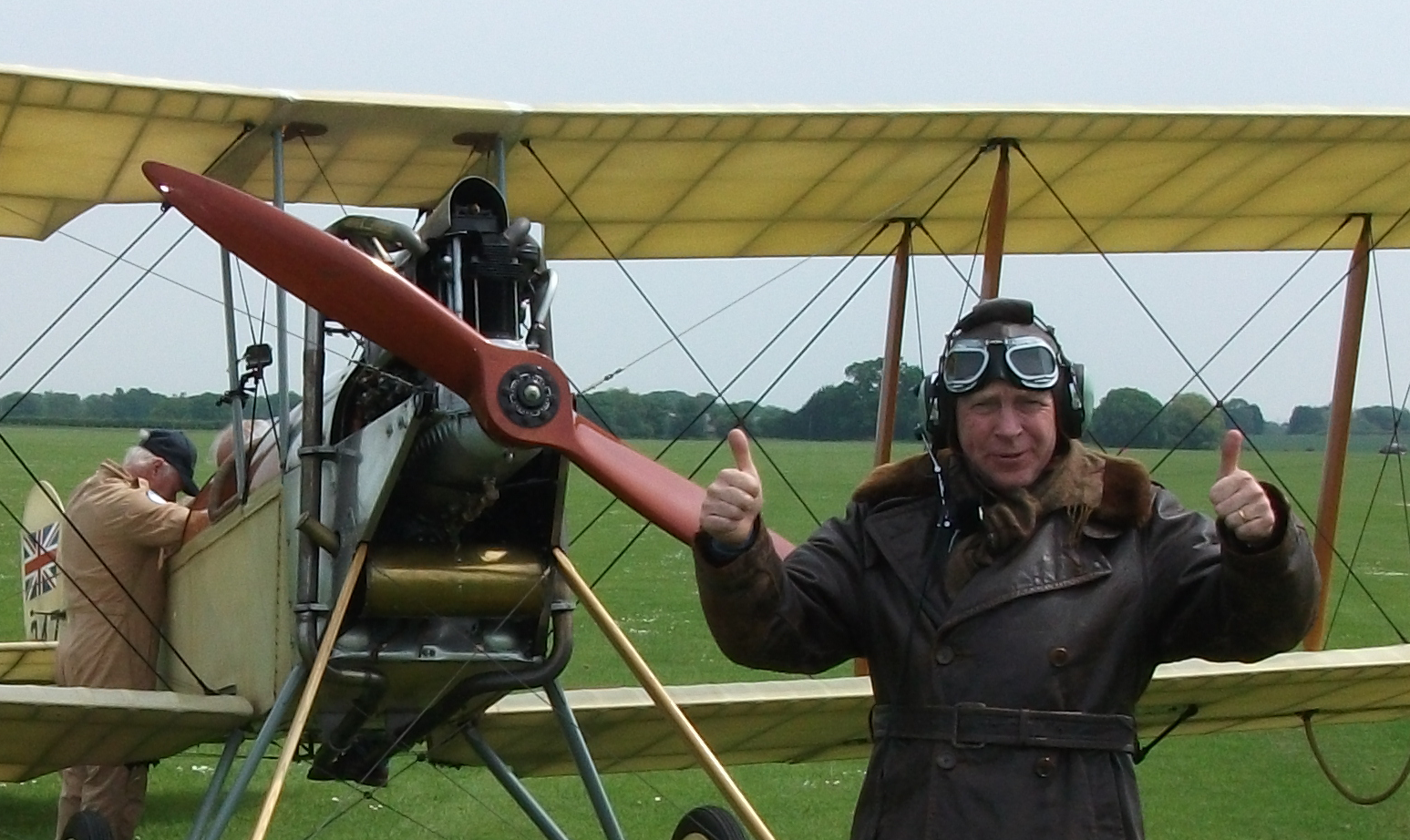When Cambridge Enterprise was looking to make a film about Consultancy Services, Dr Hugh Hunt, Cambridge University Reader in Engineering Dynamics and Vibration, was the obvious choice.
An expert in his field and yet a generalist within the sphere of all things engineering, Hugh turns his hand to anything that interests him, especially where there is a problem to be solved. Many of his projects involve entities outside of the University. This wide and varied portfolio of skills and interests makes Hugh ideally suited to Consultancy work through Cambridge Enterprise.
Based in the Department of Engineering and a Fellow of Trinity College, Hugh’s career at the University of Cambridge has been peppered with a variety of fascinating, often exciting consultancy projects. Types of projects include making TV documentaries, acting as an expert witness, providing specialist engineering advice, technical assessments and analysis in the fields of railway vibration and sustainable energy.
Based in the Department of Engineering and a Fellow of Trinity College, Hugh’s career at the University of Cambridge has been peppered with a variety of fascinating, often exciting consultancy projects.
Hugh relies on Cambridge Enterprise’s Consultancy Services team to handle all the administrative work surrounding these projects. “It makes it easy for me: Cambridge Enterprise sorts the contracts out for the TV work so I don’t have to think about it, and going through Cambridge Enterprise also means that I am covered by professional indemnity insurance in case anything goes wrong.”
Hugh is best known for his documentaries, most famously Dambusters: Building The Bouncing Bomb. These bombs were used during WWII the famous technology devised to breach German dams. He was tasked with recreating the famous World War II Dambusters technology, designing bouncing ‘bombs’ from scratch and fitting them under a 1940s DC4 period aircraft. The bombs were then dropped while flying just 60 feet above the surface of a lake in British Columbia, Canada, to destroy a 130-feet wide dam, which also had to be designed from scratch. The challenge was that the vital working calculations have been lost, so Hugh had to figure out how it had been done first time around, adding to the excitement. Hugh won the Royal Television Society award for the best history programme for the final cut in 2011.
Another documentary Hugh worked on was the Wall of Death world record attempt by eccentric motorcyclist and road racer Guy Martin. Hugh made the calculations essential for exploring the limits of possibility while keeping the attempt as safe as possible, taking into consideration things like the huge effect of G-force, acceleration so great that it drains the blood from your brain and eyes, leading to tunnel vision, temporary blindness, difficulty breathing and eventually unconsciousness. Hugh’s recommendations led to Guy Martin smashing the world record without injury, hurtling around the 37.5 metre diameter Wall of Death at an incredible 78mph, breaking previous attempts at 45mph.
His understanding of dynamic forces also extends to the noise and vibration that fast-moving vehicles can create. In 2007, Hugh was indirectly involved with Europe’s biggest ever infrastructure project, Crossrail, when he was approached by a major recording studio to provide expertise. The studio sits directly above the Crossrail tunnels, and was concerned that noise and vibration from the trains could affect the quality of sound recordings. The potential for disruption was huge.
The only complication was that Crossrail was not yet up and running. So as Hugh could not take actual sound measurements, his job was to predict the potential for disruption via computer modelling, and to assess how likely those predictions were to be accurate.
Hugh’s work on the project resulted in the studio winning the right to track sound and vibration levels and claim compensation if the disruption was sufficient enough for them to affect their business. Hugh said, ‘What I liked about this project is that I had the opportunity to understand the project not just from Crossrail’s perspective, but from the perspective of the studio and their experiences. It’s good to see it from both sides.’
Hugh’s work is not limited to high-profile projects, as in the case of Brisbane’s recently completed St John’s Cathedral. Hugh was put in touch with architects at the cathedral, who needed advice on what has turned into a complex project. Construction on the cathedral has been a long, drawn out affair over a century, starting in 1906 and finally reaching completion in 2009.
The project began using traditional stonemasonry methods, but money ran out and the cathedral remained half-built for 50 years. In the 1960s construction was restarted but again ran out of funds. Building was started a third time in 1989 and finally completed in 2009. During this period, Hugh was brought in to help assess the safety of putting bells into the tower. Peter Dare, a stonemason in Exeter, was in charge of the project. Bells are extremely heavy, the heaviest weighing more than a ton, meaning that when they swing in the tower, the weight moves from side to side, making the tower sway. This movement can cause cracks to form, leading to instability and even collapse. The project was completed with the bells successfully installed in the tower. In fact, the biggest issue they faced in the end was that because the bells hadn’t rung for such a long time, the neighbours of the Cathedral complained about the noise of the bells!
As Hugh explained in our film, ‘There are lots of nice things about working with Cambridge Enterprise. The first thing is that you can use Cambridge University’s name in all your communications, secondly there’s professional indemnity insurance, thirdly they manage contracts, fourthly they’ll sort out invoices, and all of this is done for a fixed management fee 12.5% on your earnings from whatever consultancy project you’re doing, but given the amount of stuff they do, I think it’s a price well worth paying.’




